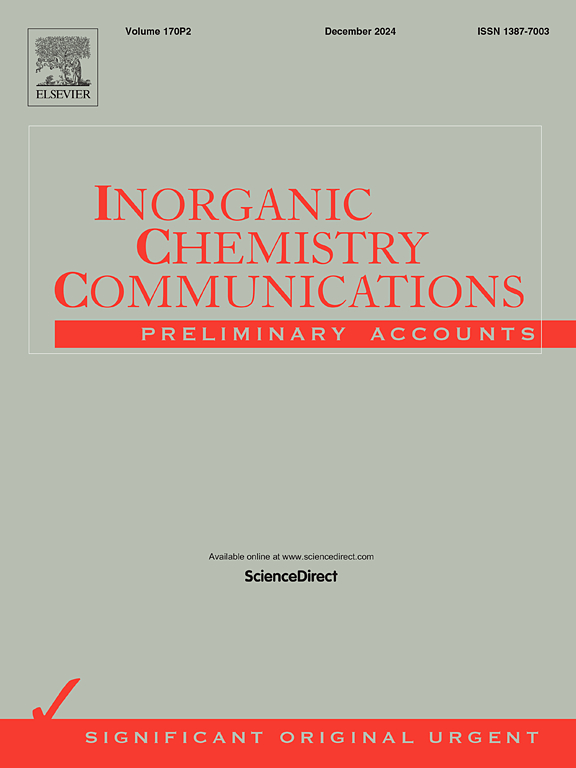Formulation and evaluation of anti-rheumatoid arthritis effects of Ag nanoparticles containing Allium sativum L. Leaf extract
IF 4.4
3区 化学
Q1 CHEMISTRY, INORGANIC & NUCLEAR
引用次数: 0
Abstract
Rheumatoid arthritis is a persistent inflammatory disorder that typically impacts individuals aged 20 to 40. It is characterized by inflammation of the synovial membrane, degradation of cartilage, and joint pain among its various symptoms. Researchers have recently developed, analyzed, and altered biomarkers and nanomaterials that are frequently employed to improve the diagnostic and therapeutic approaches for rheumatoid arthritis. Here, we have created and formulated a novel therapeutic agent that incorporates silver nanoparticles@Allium sativum L. leaves to treat arthritis. The characterization of silver nanoparticles (AgNPs) was performed utilizing various techniques. The FE-SEM and TEM images demonstrated that the majority of these nanoparticles exhibited a spherical shape (10 to 50 nm). Additionally, a notable peak at a wavelength of 403 nm in the UV–Vis spectrum confirmed the successful formulation of the Ag NPs. The antioxidant assay revealed that the IC50 values for the silver nanoparticles@Allium sativum L. and BHT in relation to DPPH were 21 and 44 µg/mL, respectively. In vivo assessments were performed utilizing models involving formaldehyde, CFA, and turpentine oil at various dosage levels. Silver nanoparticles@Allium sativum L. exhibited anti-arthritic properties with the most significant potential observed at 1 mg/kg. Data from the CFA model revealed a more substantial protective effect on arthritic lesions and alterations in body weight. The recent results indicates the recovery of rheumatoid arthritis criteria including synovial cavity swelling and edema inhibition percentage in turpentine test, paw diameter in CFA test and paw edema in formaldehyde test. In conclusion, these data support the administration of silver nanoparticles as potent therapeutic agents for rheumatoid arthritis treatment in humans.

求助全文
约1分钟内获得全文
求助全文
来源期刊

Inorganic Chemistry Communications
化学-无机化学与核化学
CiteScore
5.50
自引率
7.90%
发文量
1013
审稿时长
53 days
期刊介绍:
Launched in January 1998, Inorganic Chemistry Communications is an international journal dedicated to the rapid publication of short communications in the major areas of inorganic, organometallic and supramolecular chemistry. Topics include synthetic and reaction chemistry, kinetics and mechanisms of reactions, bioinorganic chemistry, photochemistry and the use of metal and organometallic compounds in stoichiometric and catalytic synthesis or organic compounds.
 求助内容:
求助内容: 应助结果提醒方式:
应助结果提醒方式:


